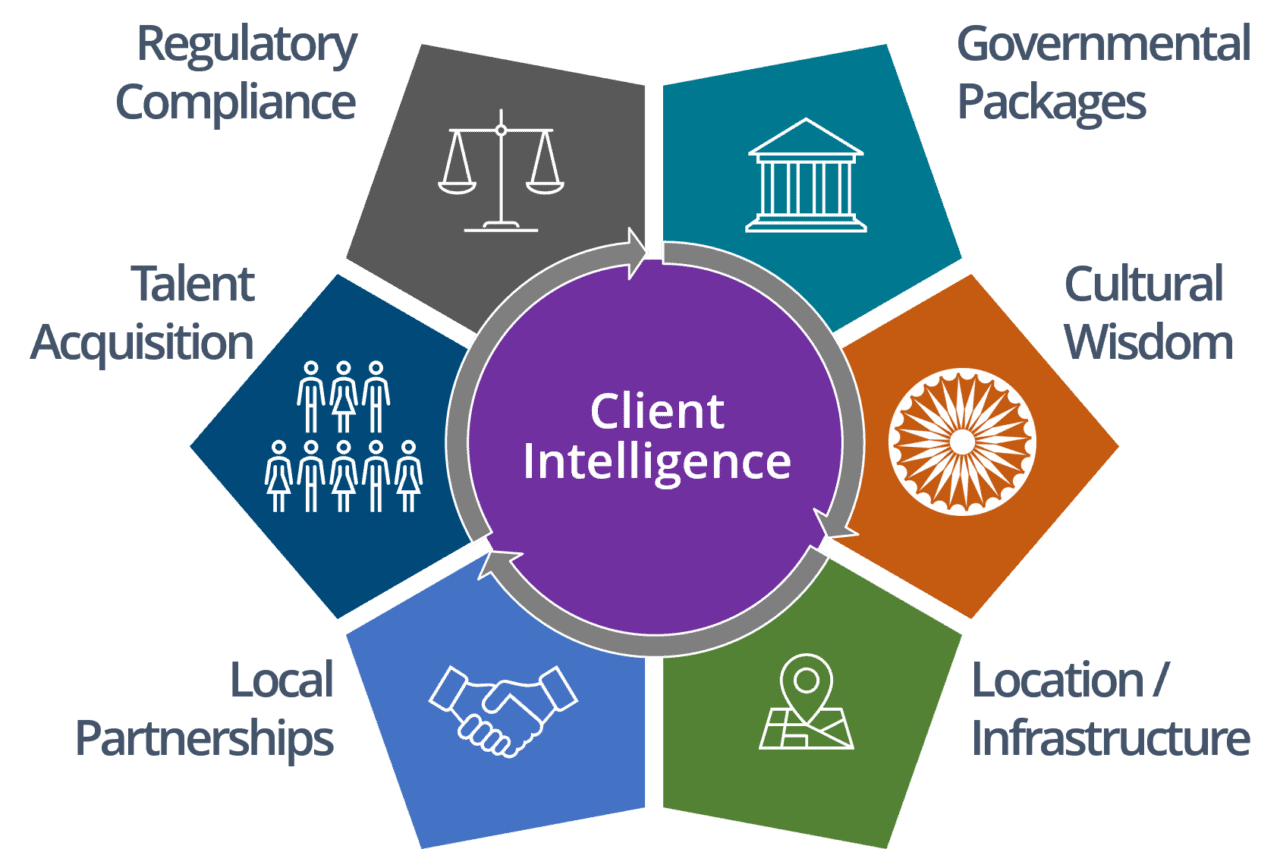Menu
Since the mid-1980s, many organizations have invested in the development of supply chain hubs based in mainland China. Famed for their high-quality workforce and low production costs, it is no surprise that in 2008 the US foreign direct investment in China peaked at $20.9bn. However, recent years have seen this fall dramatically, with 2022 showing an 18-year low of $8.2bn in investments.
From the pandemic and natural disasters, to trade wars being waged with western economies, the current direction of travel is towards ‘friendshoring’ with more than 90% of North American manufacturers relocating some production from China in the past five years.
Also known as the ‘China Plus One’ strategy, investors are moving key stages of their production to other countries, whilst maintaining a presence in China so that they can benefit from the country’s wealth of resources and well-established supply chain processes.
But this raises a key question for employers: where is the best place to invest?
61% of the 500 executive-level US managers surveyed by OnePoll said they would pick India over China if both countries could manufacture the same materials.
Expansion into India has been gaining significant traction over the years; a study from the Boston Consulting Group discovered that exports to the US had increased by $23bn.
Similarly, in June last year, Apple announced plans to shift 18% of its global iPhone production to India in an effort to diversify its supply chain.
With India offering competitive cost structures, large labor pools, scaling capabilities, and favourable government incentives, it is no wonder that organizations are looking to invest.
However, a major challenge is that India is far from homogenous in terms of the availability of appropriately skilled labor, and the quality of local transport and technological infrastructure. And when you add into the mix the complexity of customs, regulatory, logistics, and Indian manufacturing supply chain requirements, it’s clear that if organizations want to smoothly and successfully integrate their business in India, they need to take a considered, 360-approach to unlock the full potential of the opportunity.
This is where OrgShakers can help.
Through a robust and objective seven-stage assessment, we will work with you every step of the way to ensure that your organization is able to optimize all the opportunities that India offers as a manufacturing and service destination.

Each stage of our assessment aims to marry the needs of your organization with the rich resources India has to offer. In these stages, we will cover:
Client Intelligence – our process starts with you. By understanding your business model, competitors, target consumers, pricing dynamics, ESG commitments, and other key factors, we will ensure our assessment is rooted in the needs of your organization.
Governmental Packages – the Indian government is putting significant investment behind its ‘Make in India’ initiative which was announced in 2014. Given the challenges in integrating national, state, and provincial departments, however, an experienced ‘navigator’ is required to find the way through the bureaucratic maze.
Cultural Wisdom – each state in India has its own language, business etiquette, and customs – and the fit between these and your organization’s requirements must be carefully balanced. Also, if required, we can offer cultural sensitivity training for your executive teams to ensure that integration is as smooth and seamless as possible.
Location/Infrastructure – India has one of the world’s largest populations and one of the largest economies to go with it. However, according to the World Bank, its overall logistics infrastructure ranks 38th in the world. Therefore, finding the exact right location for your needs is going to be a key aspect of a successful expansion.
Local Partnerships – we will leverage our local networks to identify the local experts and advisors who can help foster the strategic partnerships you will need to optimize your operations in India (including public-private partnerships where appropriate).
Talent Acquisition – with a workforce that is comprised of 500 million, India has a vast supply of educated talent at its disposal. Through partnerships with local universities and colleges, we can help you sustainably hire the high-quality talent you will need to drive your business plans forwards. And while China was lauded for its lower labor costs, recent data shows that salaries have nearly doubled in the last 7 years, while India’s salaries remain at a more consistent and highly affordable rate.
Regulatory Compliance – from import licenses and export licenses to special operating certificates, we will help you understand what is required of your company based on your operating model in India.
If you would like to discuss our Supply Chain Diversification Partner Program in more detail, please get in touch with me at anju.jain@orgshakers.com or you can contact OrgShakers through our website.

Anju Jain, PhD is a global business executive who has held a variety of roles spanning Marketing, Finance, Purchasing, Operations, and Human Resources in Fortune 500 and mid-sized organizations.
For 17 years, Anju worked with Caterpillar in multiple cross-functional roles in the US and Asia markets. As the Head of HR of Caterpillar India and ASEAN, she had responsibility for coordinating the business strategy while designing an aligned people strategy.
